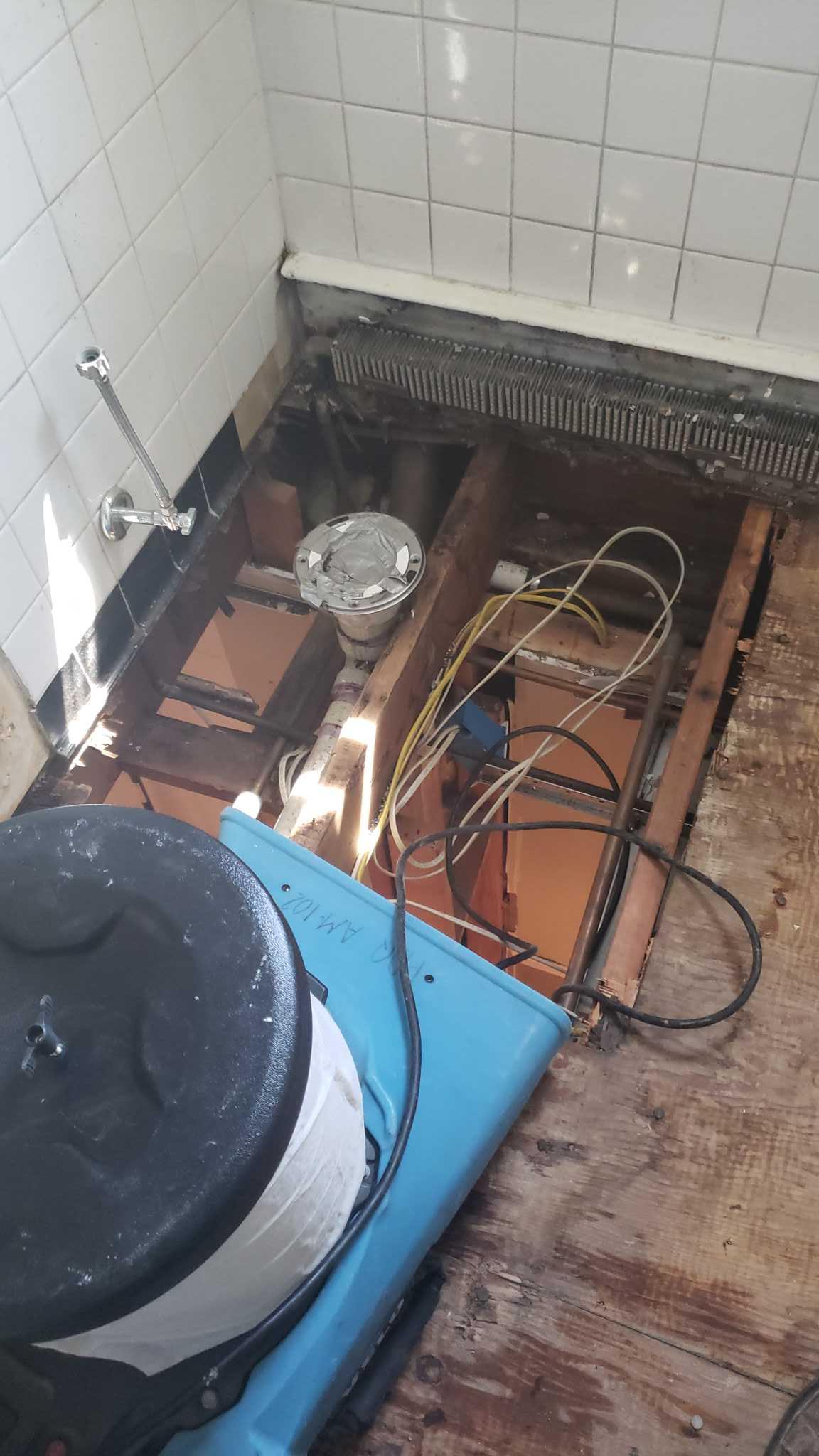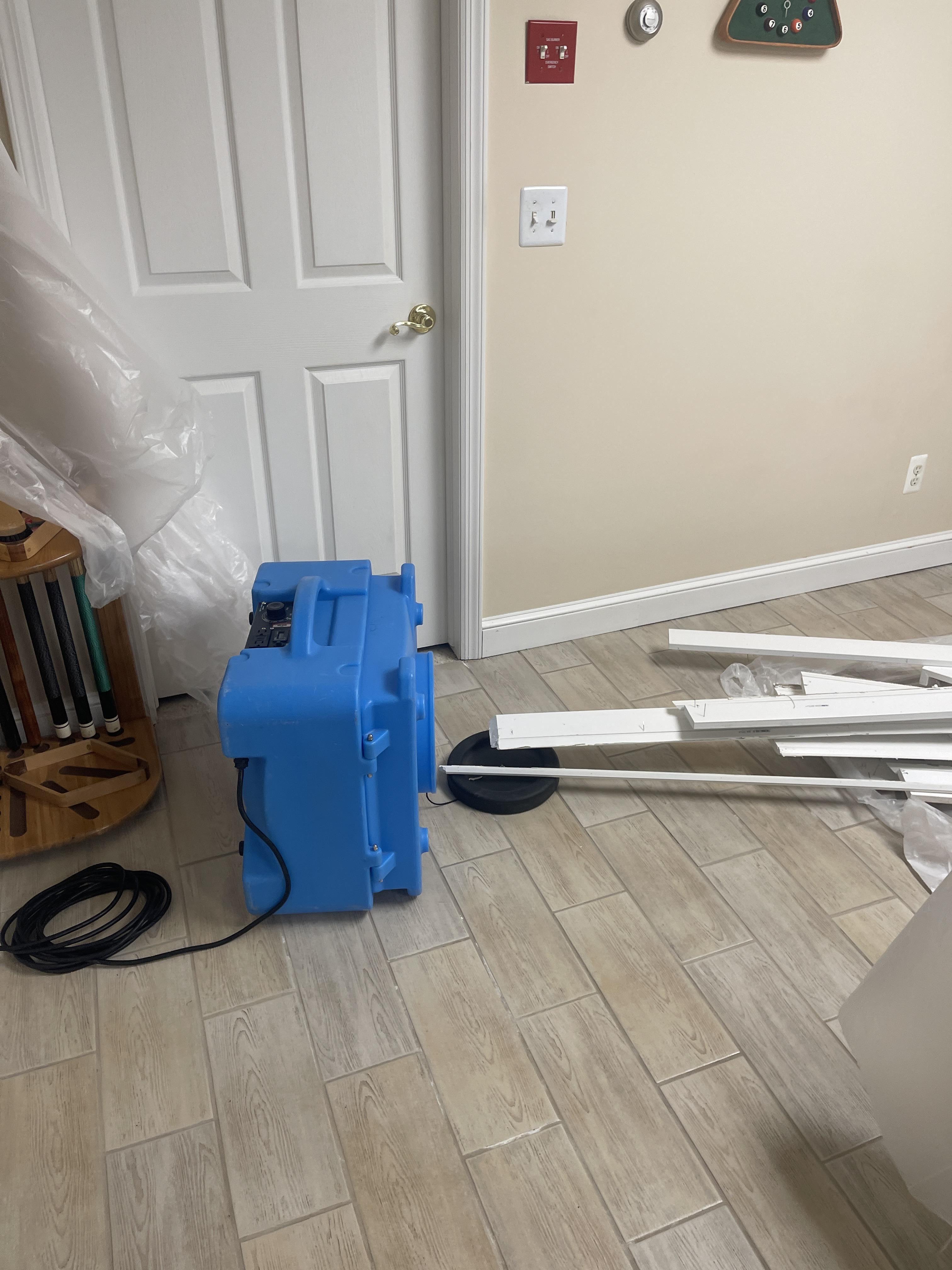The Equipment & Techniques Used in Basement Flood Cleanup
If your basement is flooded with water due to various reasons such as heavy rain, plumbing leaks, burst pipes, or natural disasters, it can damage the integrity of your foundation and dampen your basement if the water stays for a long time. As we know, basement flood cleanup can be a complex and challenging process, especially after extensive floods. In such cases, it's advisable to seek the assistance of professional water damage restoration companies that have the expertise, equipment, and experience to handle the cleanup effectively and safely.

Some Common Causes of Basement Flooding
A flooded basement is one of the most dreaded home maintenance problems. It can be caused by many reasons. Those reasons are:
- Poorly maintained or malfunctioning foundation drains
- Cracked or poorly sealed basement windows
- Overfilled or clogged window wells
- Insufficient ventilation in the basement
- Construction or landscaping work near the foundation
- Inadequate or damaged insulation
- High water table levels in the area
- Frozen or burst pipes
- Backed-up floor drains or failed backwater valves
- Improper storage of items in the basement
Basement Flood Cleanup: Useful Equipment

- Water Extraction Equipment: Specialized pumps, wet vacuums, and water extractors are used to remove standing water from the basement.
- Dehumidifiers: Dehumidifiers are essential for reducing moisture levels in the basement. They help extract moisture from the air, preventing mold growth and accelerating drying.
- Air Movers: High-velocity air movers, or fans, are used to circulate air and promote faster drying. They help evaporate moisture from surfaces, carpets, and other materials.
- Moisture Meters: Moisture meters are used to measure the moisture level of various materials in the basement.
- Sump Pumps: If the flooding is due to a malfunctioning sump pump or excessive groundwater, it may be necessary to repair or replace the pump to prevent future flooding.
- Wet/Dry Vacuums: Wet/dry vacuums are versatile devices used for cleaning up residual water, mud, and debris from the basement.
- Disinfectants and Cleaning Agents: After the water is removed, disinfectants and cleaning agents are used to sanitize and clean the affected surfaces.
- Moisture Barriers: Installing moisture barriers, such as vapor barriers or waterproof coatings, can help prevent future moisture intrusion into the basement.

Techniques for Basement Flood Cleanup
In addition to equipment, various techniques are employed during basement flood cleanup. These may include:
- Thorough inspection and assessment of the affected area to determine the source of the water and the extent of the damage.
- Removal of damaged materials, such as carpets, drywall, insulation, and furniture, that cannot be salvaged.
- Controlled demolition, if necessary, to access hidden moisture and ensure proper drying.
- Proper ventilation of the area is needed to facilitate airflow and drying.
- Monitoring of moisture levels throughout the drying process to ensure complete restoration.
- Mold remediation, if mold growth is detected, involves professional removal and treatment.
Contact PDQ Fire & Water Damage Restoration for a Flooded Basement
PDQ Fire & Water Damage Restoration has years of experience dealing with water, fire, and storm damage. If your basement becomes flooded, you can contact us to get water damage restoration service from our rigorously trained technicians to handle and mitigate any restoration parts.
We would also help you with the insurance claim process so that you can be free of all the stress. Call us at 973-447-3363 to get 24/7 assistance. We also offer estimates for all types of services.





















